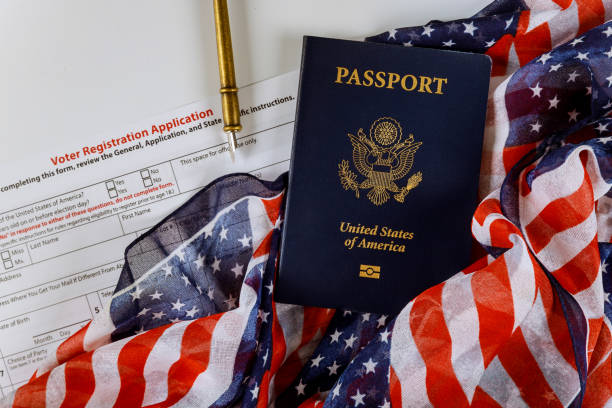Embracing the U.S. Market: A Guide for O-1 Visa Artists and Creatives
For artists, musicians, and creative professionals on O-1 visas, the United States represents a land of boundless opportunities. Recognized for their extraordinary abilities in the arts, these international creatives often find a vibrant audience and a receptive market in the U.S. However, with great opportunity comes the need for protection – the protection of their unique artistic brands, logos, and creations. This is where understanding and navigating U.S. trademark law becomes crucial.
The Essence of Trademarking for Creatives
A trademark in the U.S. serves as a legal badge of identity and ownership. It’s not just about safeguarding a name or logo; it’s about encapsulating the essence of your creative spirit and business. For an artist or musician, a trademark can encompass everything from a distinctive logo to a unique performance style or piece of artwork.
Why is Trademarking Imperative for O-1 Visa Holders?
- Legal Protection: Trademark registration provides legal ownership and exclusive rights to use your unique creative identifiers in the commercial sphere.
- Brand Identity: A trademark solidifies your brand, distinguishing your artistic work from others and building recognition among audiences and patrons.
- Control Over Work: It gives you control over how your creations are used and ensures that others cannot profit from your work without your permission.
The Path to Trademarking in the U.S. for International Creatives
Navigating the U.S. trademark law can be a complex journey, but it’s a necessary one for O-1 visa holders looking to establish their creative endeavors firmly in the U.S. market.
- Conduct a Comprehensive Trademark Search: The first step is to ensure that your intended trademark isn’t already in use. This involves a thorough search of existing trademarks in the U.S.
- Understand the Specifics of Your Creative Field: The scope of your trademark must align with your artistic work. Whether it’s a visual symbol, a stylistic element, or a particular method of creation, it’s essential to define clearly what you’re trademarking.
- File Your Trademark Application: Submit your application to the United States Patent and Trademark Office (USPTO), detailing your trademark and the artistic goods or services it represents.
- Respond to Office Actions: If the USPTO has any queries or objections, they will issue an Office Action. Responding promptly and accurately is vital to the success of your application.
- Finalize and Monitor Your Trademark: Once your trademark is approved and registered, it’s crucial to monitor its use and renew it periodically to maintain its protection.
Leveraging Your Trademark for Artistic Growth
With a registered trademark, you can confidently market your art, secure collaborations, and enter licensing agreements, knowing your work is protected. Your trademark becomes a symbol of both your artistic integrity and your professional credibility.
Conclusion: A Strategic Step for Artistic Success in the U.S.
For international creatives on O-1 visas, navigating U.S. trademark law is more than a procedural necessity; it’s a strategic step towards establishing and protecting their artistic identity in the U.S. market. By trademarking their unique creative assets, artists and musicians not only secure their work against infringement but also lay the groundwork for a thriving artistic presence in the dynamic U.S. cultural landscape.



